
bolewts58
-
Posts
603 -
Joined
-
Last visited
-
Days Won
9
Content Type
Profiles
Forums
Blogs
Gallery
Events
Store
Posts posted by bolewts58
-
-
I don't think he was a pilot, but likely ground crew. As I mentioned to you before on another forum, the Freikorps Flieger Abteilungen were formed in December 1918, originally to serve in Eastern border defense and sometime in January or early February were officially numbered FA400-433 and had 150 planes in total. They were disbanded in September 1919. FA409 (your guy) was originally designated Grenzschutz Flieger-Abteilung Schlesien before getting the number 409.
0 -
-
Baltic Landwehr were in Libau. It's possibly a commander.
0 -
10 minutes ago, The Prussian said:
Hello!
The green stamp says:
Feldgendarmerie-Brigade der baltischen Landwehr, Gendarmerie-Trupp 2
I see it now. But, above that it's stamped in blue "Feldgendarmerie-Brigade ? (looks like 'Greuz') A.O.K. 8 (Armee Oberkommando 8 ?) Trupp 2.
0 -
What does it say at the bottom of the Baltic Landwehr stamp and also the blue stamp above and in the writing? It looks something like Gendarmerie Brigade Greuz. Is 'Greuz' correct? It's hard to read clearly.
0 -
The Freikorps Hessen-Thüringen-Waldeck (also Hessisch-Thüringisch-Waldecksches Freikorps) was formed in January 1919 at Truppenübungsplatz (Military training center) Ohrdruff, Thuringia from remnants of the Imperial 38. Infanterie-Division. It was commanded by Oberst von Kornatzky. It had a strength of 3,457.
ORDER OF BATTLE
Freiwilligen-Regiment - 3 Battalions
- Minenwerfer-Kompanie
- Infanterie Geschütz-Batterie
Freiwilligen Husaren Regiment 14 - 2 Squadrons., - MG-Squadron
Freiwilligen Feldartillerie-Regiment 55 - 3 BatteriesBy September 1919 when this sports medal was awarded Freikorps Hessen-Thüringen-Waldeck had become part of Reichswehr Brigade 11 of the Vorläufige Reichswehr (Preliminary Reichswehr), which had been formed in June 1919.
There were several Freikorps/Reichswehr Sports Wettkampfen (sports competitions) held in Munich in September and October 1919 and you often find different types of sports medals from these competitions awarded to different units.
0 -
You need to scan them 'size as' at a resolution of 300 dpi, so they can be zoomed. Unfortunately, the images are too small to read completely.
0 -
1 hour ago, Soderbaum said:
Hi
Anyone knew who took over the command of FA 409 when Hptm Schulz left in May 1919 and before Oblt Müller took over ?
Gunnar
It might have been Otto Abernetty. But, I'm not sure.
0 -
3 hours ago, dante said:
Thanks guys will do so asap
By the way, he seems to have served in air units from the beginning and fought on both the Eastern and Western fronts during the war and got the EK I and II, silver wound badge and then the Silesian Eagle I and II for serving in Silesia in the Freikorps. So far this is a pretty outstanding document, IMO.
0 -
Grenzschutz-Flieger-Abteilung 409 was a Freikorps air unit that served in Upper Silesia from December 1918 until September 1919 when all air force units were disbanded and planes were ordered destroyed under the Versailles treaty. All German Freikorps air units were designated as a Flieger Abteilung with a '400' number. They numbered FA400 - FA433. Each Flieger Abteilung had 3 squadrons of 6 planes each with 2 additional planes held in reserve (i.e. totalling 20 planes per Abteilung).
It states he was first in Freikorps Flieger Abteilung Schlesien on April 5, 1919 which later became Grenzschutz FA 409 and in June 5, 1919 was posted to Kommando Flieger 21, Ober Kommando Nord (basically: Fighter Command 21, which was equivalent to an air wing at the Northern Headquarters In Jüterbog, NE Germany).
It would be a help if you could scan some close-ups of the document to see more details.
0 -
This fake is from a recently cut die and has at least 7 mistakes on it, if you know what to look for. Please compare to the genuine crosses in the thread link below. You should be able to spot what's wrong with your cross immediately.
http://gmic.co.uk/topic/68563-for-your-viewing-pleasure/
0 -
Well-known fake from the "Club".
0 -
Kupferstecher = copper engraver as they used copper plates for etching and engraving.
0 -
I should add, that as far as I am aware, this cross has never been copied. So, given that the minor pin variation is the only anomaly, if this turns out not to be legit, I'd be very surprised and also alarmed because everything else is dead on.
0 -
23 minutes ago, misiu said:
More than 800 euros. Amazing Rick
Yes. But, it didn't actually sell. Check the winning bidder. If it says " Angebot mit nicht öffentlicher Bieter-/Käuferliste", it's a dead give away that it was bought back. You see this all the time on auctions from "the club" and their proxies. These are just sham auctions. You will see this group again, I'm sure.
0 -
It looks ok. My only concern is the pin and hinge which are not typical of these crosses and looks like the pins used by the "Club". Can you show a close-up of the hinge , the central back nut and also a close-up of where the enamel meets the metal edge?
Please compare to the cross in this post.
http://gmic.co.uk/topic/55029-freikorps-detachement-von-neufville/
0 -
-
18 hours ago, Von Thronstahl said:
The Iron Division medal is not zinc. I'm not sure what material it is, except that it is definitely a cast of an original, as opposed to fakes cast from new dies which usually show up on the market. That is a Baltic Cross ribbon. I have strong doubts that this bar is even genuine.
0 -
On 8/13/2016 at 19:40, kdbartow said:
Bought this from Rick. Any idea what the yellow/green pom signifies. Also just learning about these wonderful helms so if I use the wrong terminology please correct me. Thank you. Any info would be helpful. Keith
I believe the green is just faded black. yellow over black are the colors of Munich.
0 -
-
I've lived in Asia for 20 years, lived in Hanoi for a year and have traveled to Vietnam several times. The Vietnamese don't think about the war, in general especially since General Giap died a couple of years ago. There are occasional dramas on TV about the war. But, the majority of the population is so young that the war is nothing more than ancient history taught in school. They love American culture and an apology from the US for My Lai would, at this point be meaningless to most Vietnamese.
The Koreans and Chinese hate the Japanese and will never forgive them no matter whether they apologize or not. You hear strong anti-Japanese rhetoric even from young Koreans and Chinese.
The Japanese are not taught the truth about WWII in school and most are ignorant of the atrocities committed. The nation as a whole, despite its innovations in such things as technology suffers from arrested emotional development where striving for perpetual youth and cuteness are what define the culture. Except for a few old men and a handful of xenophobic nationalists at the Yasukuni Shrine, the war is all but ignored or forgotten.
0 -
-
On 7/10/2010 at 13:52, TerryG said:
Another one
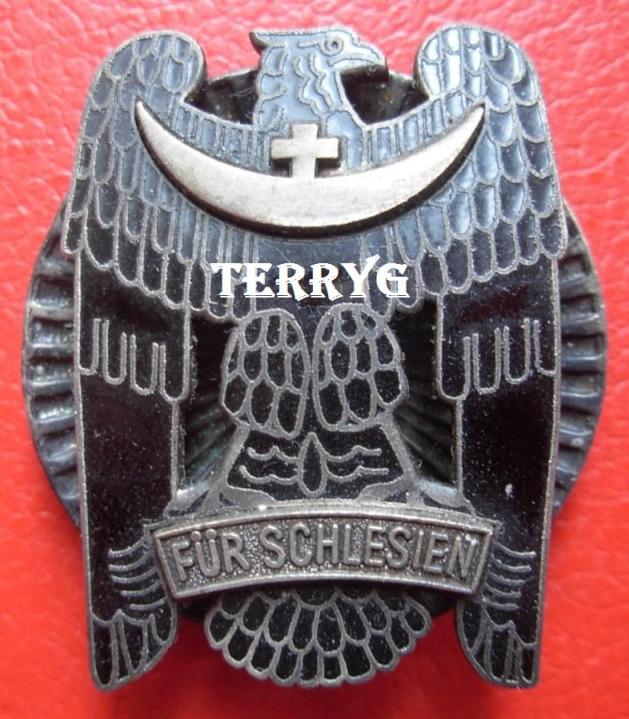
This is the same fake posted by someone else. These are actually die-cast instead of die-struck and enameled with cold acrylic enamel instead of the fired, glass enamel used in originals.
0 -



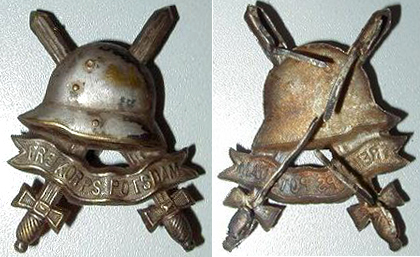
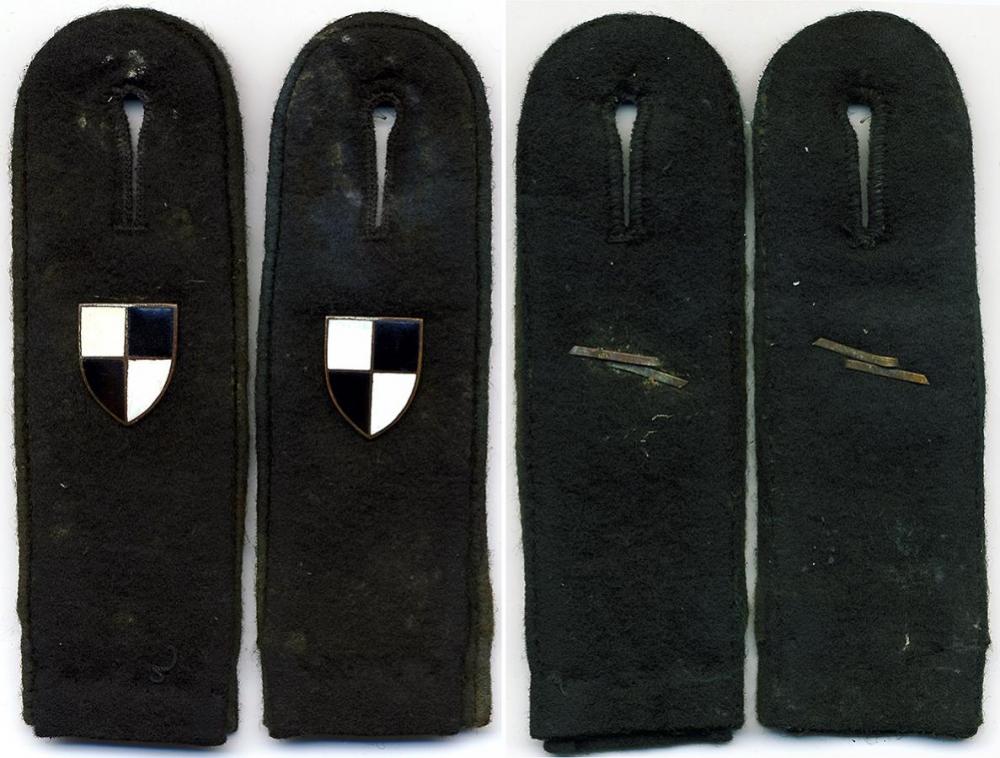
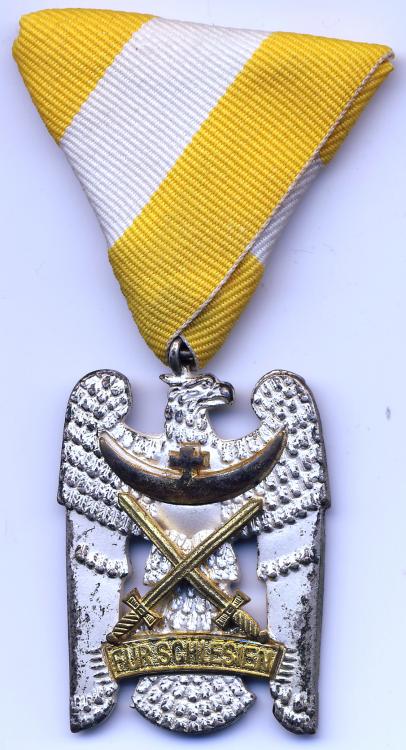
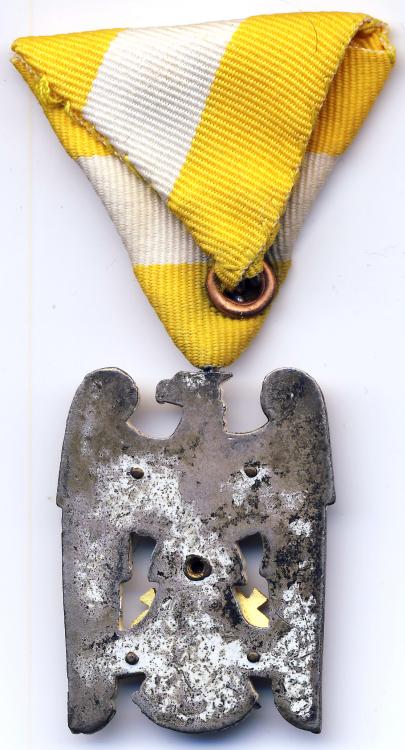
Freikorps, Grenzschutz Flieger-Abteilung Nr. 409
in Germany: Weimar Republic & Deutsche Freikorps
Posted
I was mistaken. I discussed it at length on this forum but in the Imperial research thread.
I'm not sure what more you hoped to find out by posting it here because the same people read both threads. I think you've pretty well exhausted the information on the document itself. It requires research about the units, which you can do to some extent online.I agree he was likely an observer as he went to observer school in Königsberg on November 26, 1915 (not 1916). If I read it correctly, he was a "Luftschutz Offizier" in 1917.